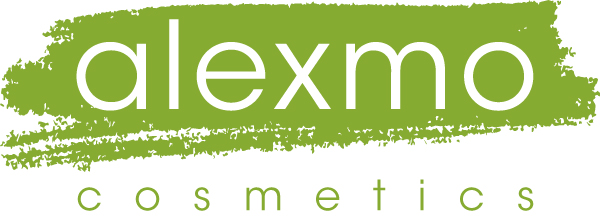Others also bought:
5,70 € *
570,00 € per 1 kg
3,40 € *
113,33 € per 1 l
2,80 € *
56,00 € per 1 kg
5,50 € *
1.100,00 € per 1 kg










